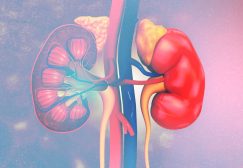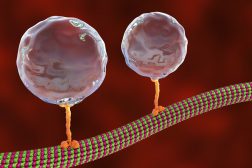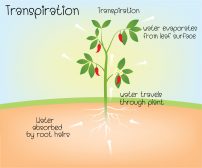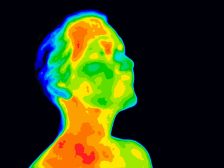Definition
noun
One of the many isotopes of sodium, with an atomic weight of 24 and 14.96 hour half-life.
Supplement
Sodium-24 is used to measure ECF through indicator dilution. Its quantity is also measured to determine the absorbed radiation dose thereby determining the level of medical treatment required for the patient.
sodium
(Science: Chemistry, element) Sodium is a soft, silvery, highly reactive alkali metal which has an atomic number of 11 and an atomic weight of 22.990. It is most commonly found in the form of salt, sodium chloride (NaCl).
It was first identified as an element by the english scientist Sir Humphrey Davy in 1807. Sodium chloride is a critical nutrient in humans (it plays an important role in nerve function), but too much of it can cause health problems such as aggravating high blood pressure.
pure metallic sodium is a fire hazard, and it can explode if it comes into contact with water. Other commonly used sodium compounds include soda ash (sodium carbonate, Na2CO3), baking soda (sodium bicarbonate, NaHCO3) and caustic soda (sodium hydroxide, NaOH).
Abbreviation: Na





